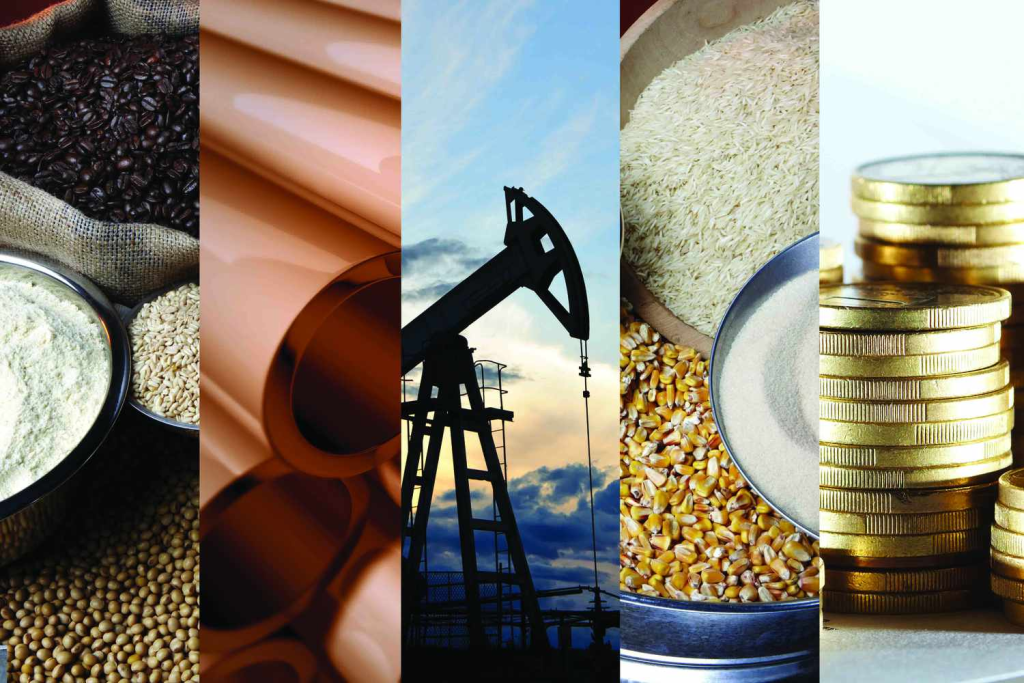How the Commodity Market Works?
How the Commodity Market Works: A Beginner’s Guide to Riding the Waves of Trade
Are you eager to dive into the world of trading? Wondering how the commodity market works and how you can make your mark? Well, strap in and get ready for an exciting journey! In this article, we’ll explore the intricacies of the commodity market, unveil the mysteries behind its fluctuations, and equip you with the knowledge to navigate this dynamic landscape. So, let’s set sail and discover the hidden treasures that lie within!The Commodity Market: A Thrilling Rollercoaster Ride:
If you’ve ever been to an amusement park, you know that rollercoasters can be both exhilarating and nerve-wracking. Well, think of the commodity market as the grandest of rollercoasters, where prices soar and plummet, and fortunes are won and lost. At its core, the commodity market is where raw materials, such as metals, energy products, agricultural goods, and more, are bought and sold. These commodities are the lifeblood of industries, shaping global economies and impacting our everyday lives.
